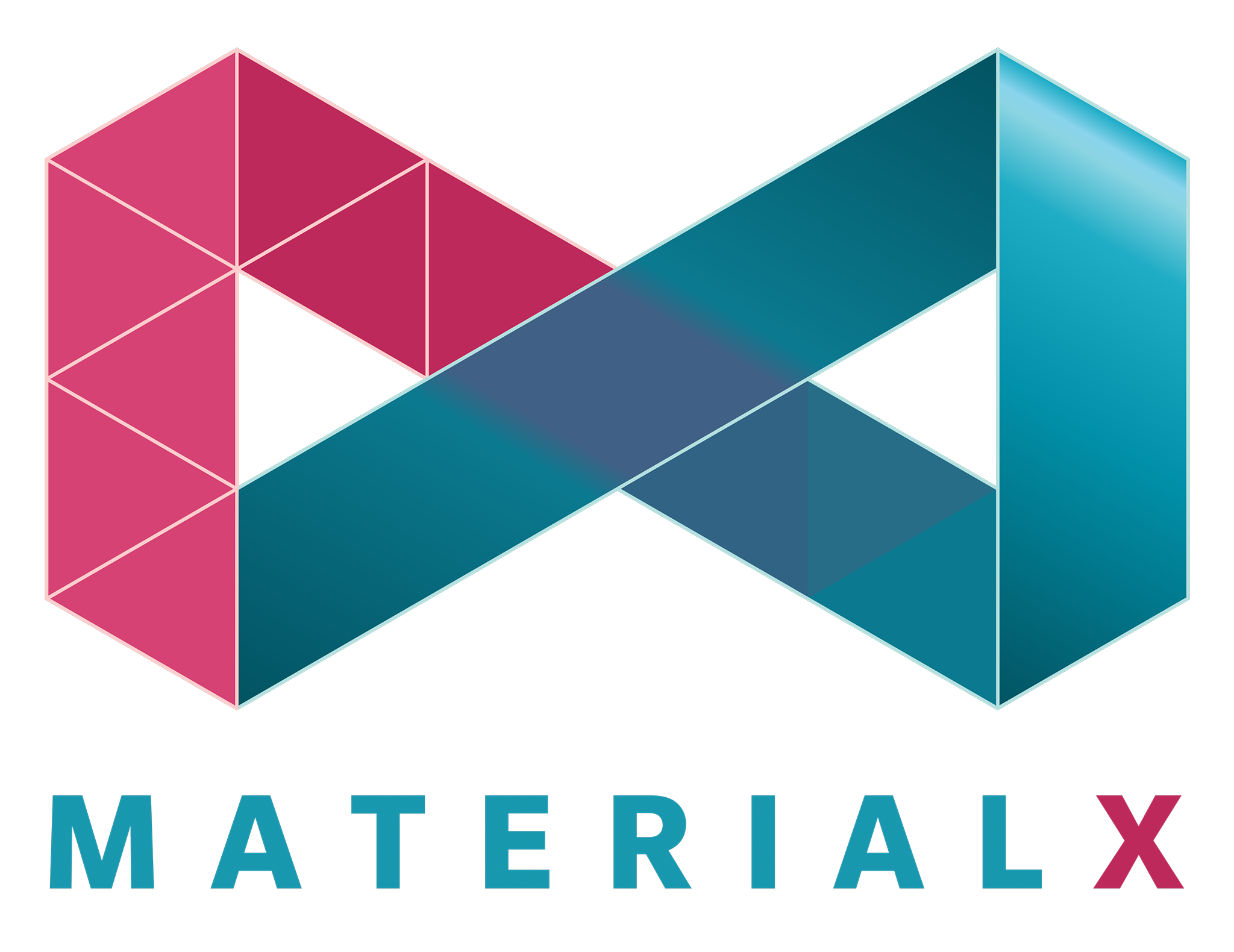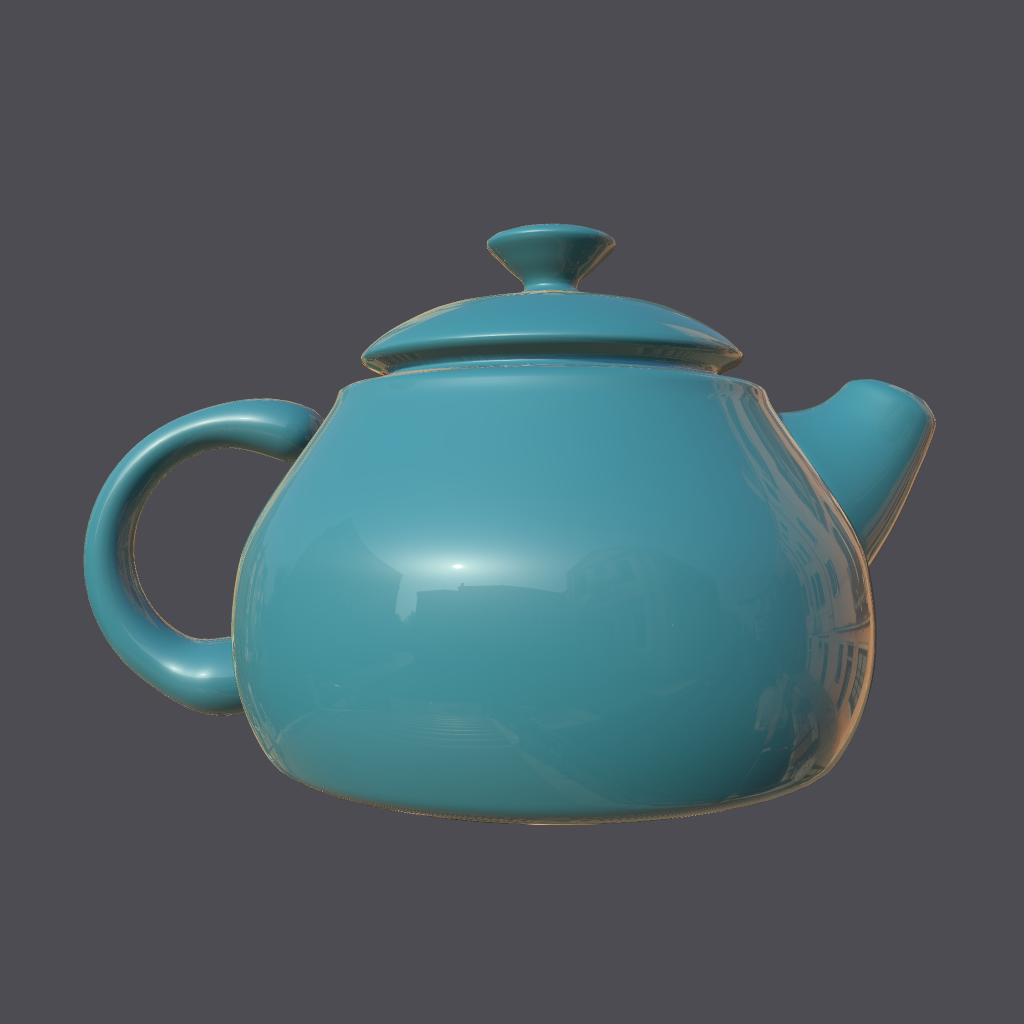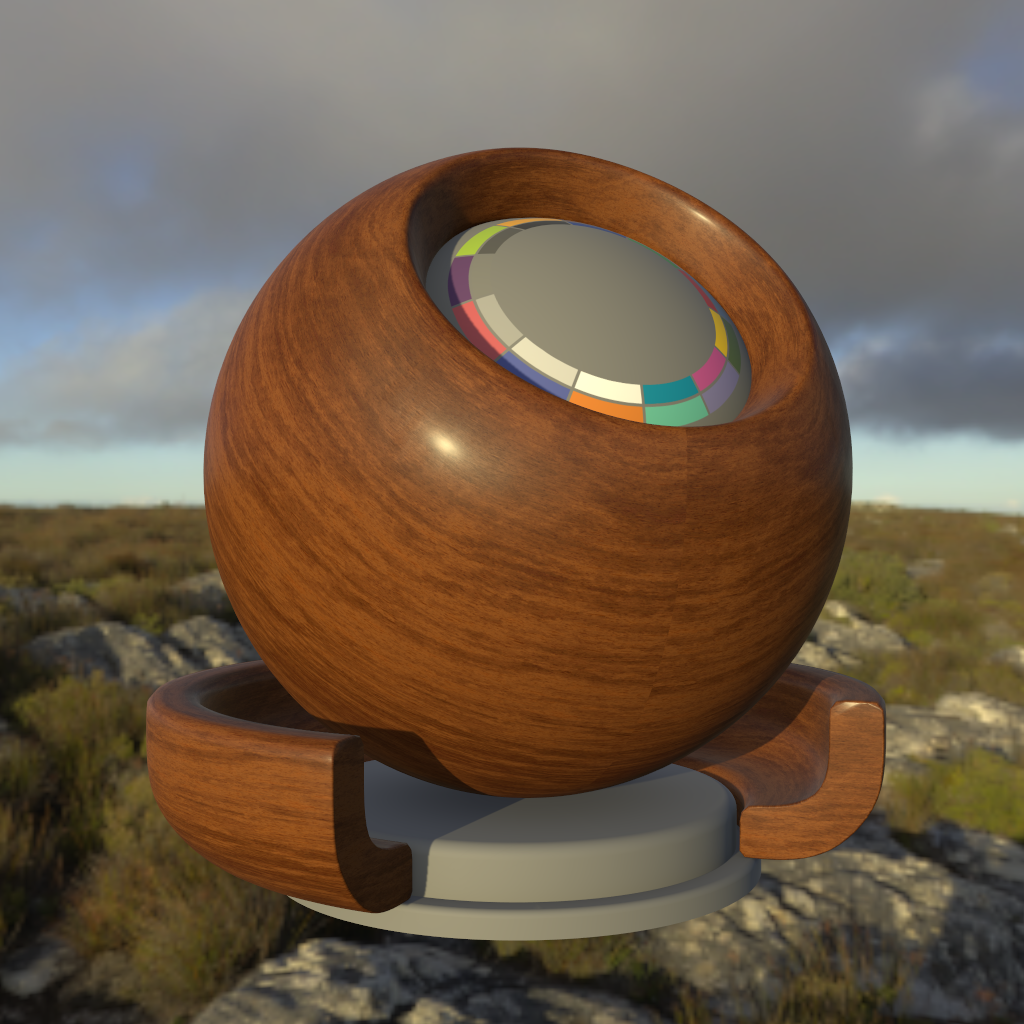
Introduction
MaterialX is an open standard for representing rich material and look-development content in computer graphics, enabling its platform-independent description and exchange across applications and renderers. Launched at Industrial Light & Magic in 2012, MaterialX has been a key technology in their feature films and real-time experiences since Star Wars: The Force Awakens and Millennium Falcon: Smugglers Run. The project was released as open source in 2017, with companies including Sony Pictures Imageworks, Pixar, Autodesk, Adobe, and SideFX contributing to its ongoing development. In 2021, MaterialX became the seventh hosted project of the Academy Software Foundation.
Quick Start for Developers
- Download the latest version of the CMake build system.
- Point CMake to the root of the MaterialX library and generate C++ projects for your platform and compiler.
- Select the
MATERIALX_BUILD_PYTHONoption to build Python bindings. - Select the
MATERIALX_BUILD_VIEWERoption to build the MaterialX viewer.
Supported Platforms
The MaterialX codebase requires a compiler with support for C++17, and can be built with any of the following:
- Microsoft Visual Studio 2017 or newer
- GCC 8 or newer
- Clang 5 or newer
The Python bindings for MaterialX are based on PyBind11, and support Python versions 3.6 and greater.
MaterialX Viewer
The MaterialX Viewer leverages shader generation to build GLSL shaders from MaterialX graphs, rendering the results using the NanoGUI framework.
Figure 1: Procedural and uniform materials in the MaterialX viewer




Figure 2: Textured, color-space-managed materials in the MaterialX viewer


Open Chess Set
The Open Chess Set is an open reference asset, consisting of a MaterialX file in the Standard Surface shading model and a geometry file in the glTF format. It was authored by Moeen Sayed and Mujtaba Sayed, and was contributed to the MaterialX project by Side Effects.
Figure 3: The Open Chess Set, rendered in Arnold for Maya

Figure 4: The Open Chess Set, rendered in Karma XPU for Houdini

Pre-Built Binaries
The following packages contain pre-built binaries for the latest release, including the MaterialX viewer, Python libraries, and example assets:
- Microsoft Windows (Visual Studio 2022, Python 3.12)
- MacOS (Xcode 15, Python 3.12)
- Linux (GCC 14, Python 3.12)
Additional Resources
- The Developer Guide contains a developer-oriented overview of MaterialX with API documentation.
- The Python Scripts folder contains standalone examples of MaterialX Python code.
- The JavaScript folder contains details on building JavaScript bindings for MaterialX.
- Presentations at ASWF Open Source Days and the SIGGRAPH Physically Based Shading Course provide details on the roadmap for MaterialX development.

